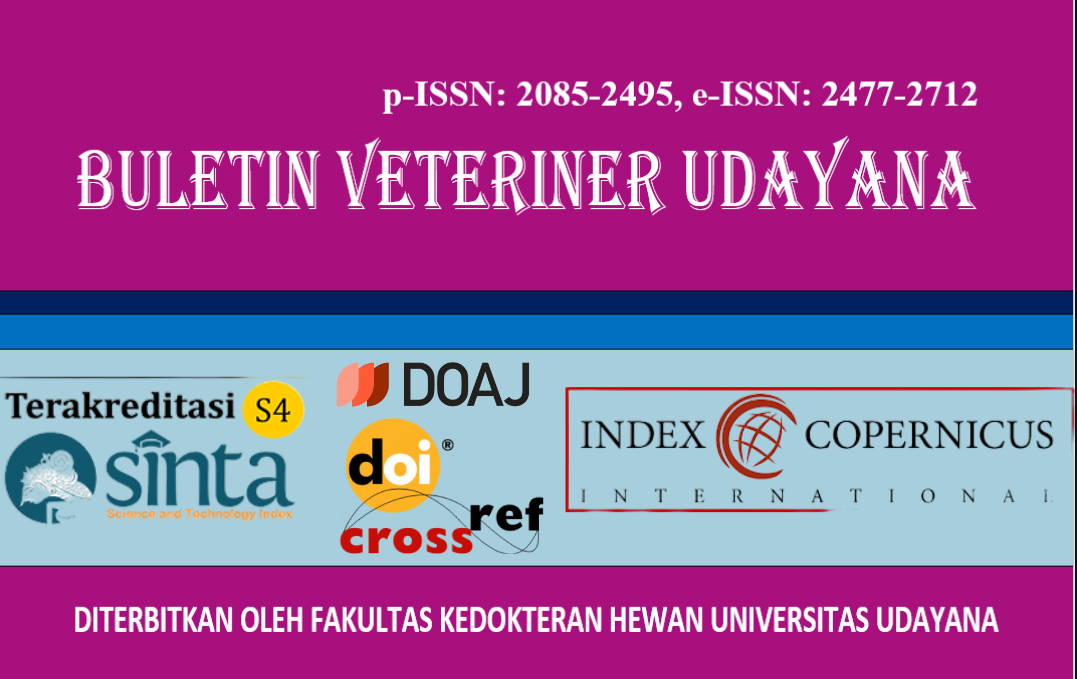PRESERVATION OF CANINE FRONT AND HIND LIMB SPECIMENS USING PLASTINATION TECHNIQUE: IMPREGNATION PHASE IN A PASSIVE VACUUM CHAMBER
DOI:
https://doi.org/10.24843/bulvet.2025.v17.i02.p08Keywords:
plastination technique, front limbs, hind limbs, vacuum chamber, impregnation phaseAbstract
The plastination technique is a preservation method that involves the infusion of polymer materials into biological specimens to maintain their structural integrity, prevent decay, and ensure long-term durability. This technique is widely regarded as an effective approach for preserving organs and is particularly valuable for anatomical education. The objective of this study is to evaluate the qualitative characteristics—specifically texture, color, and odor—of plastinated canine front and hind limb specimens during the impregnation phase, conducted within a passive vacuum chamber. Additionally, this research aims to propose recommendations for refining plastination techniques to enhance the quality of preserved organ specimens. The study employs a custom-designed apparatus and readily available generic chemicals to perform the plastination process. The plastination procedure consists of four key stages, with the impregnation phase being carried out in a vacuum chamber utilizing a passive vacuum system. The resulting plastinated specimens were assessed for flexibility, color, and odor. The findings revealed that the plastinated organs exhibited a rigid texture, a pale coloration, and a mild odor. The anticipated outcome of this research is to provide actionable recommendations for improving plastination methods, thereby enhancing the quality of plastinated organ products for use in veterinary anatomy education.




